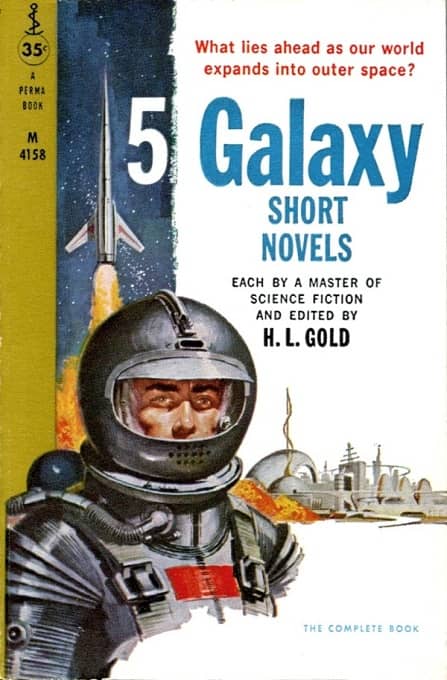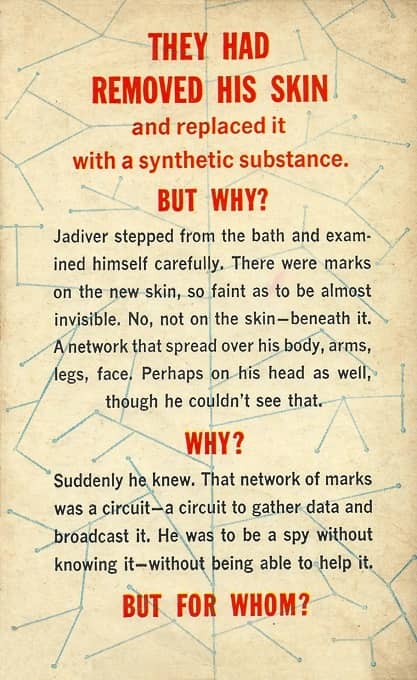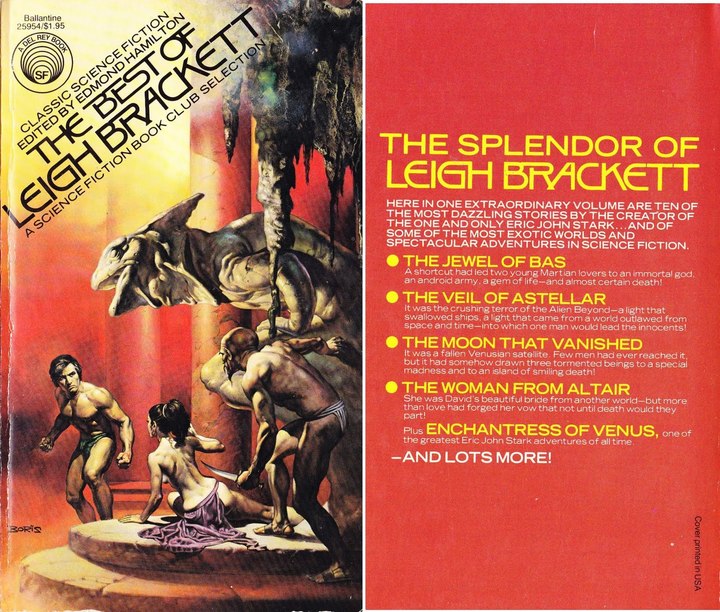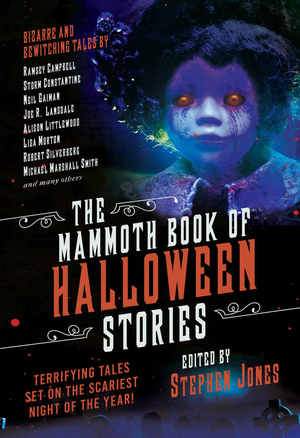Birthday Reviews: Hideyuki Kikuchi’s “Mountain People, Ocean People”
 |
 |
Cover by Yuko Shimizu
Hideyuki Kikuchi was born on September 25, 1949.
Kikuchi published his first novel, Demon City Shinjuku in 1982 and his novel Black Guard was adapted into the film Wicked City in 1987. In addition to writing horror novels, Kikuchi has also published several manga. In addition to the series listed above, he also created Vampire Hunter D.
In 2012 Kikuchi’s short story “Sankaimin” appeared under the title “Mountain People, Ocean People,” in the 2012 anthology The Future is Japanese, edited by Nick Mamatas and Masumi Washington.
Set in the far future, “Mountain People, Ocean People,” as the title suggests, shows a world in which humanity has divided into two groups, one living in the mountains, the other under the sea. Kikuchi’s main focus is on the mountain dwellers, who have developed the ability to fly, with hunters among them looking out for wind spiders and sky sharks. Among those is third-generation hunter Kanaan who is trying to surpass the reputations of his ancestors, although his father ultimately disappeared under a cloud of suspicion that Kanaan knows is unwarranted.









